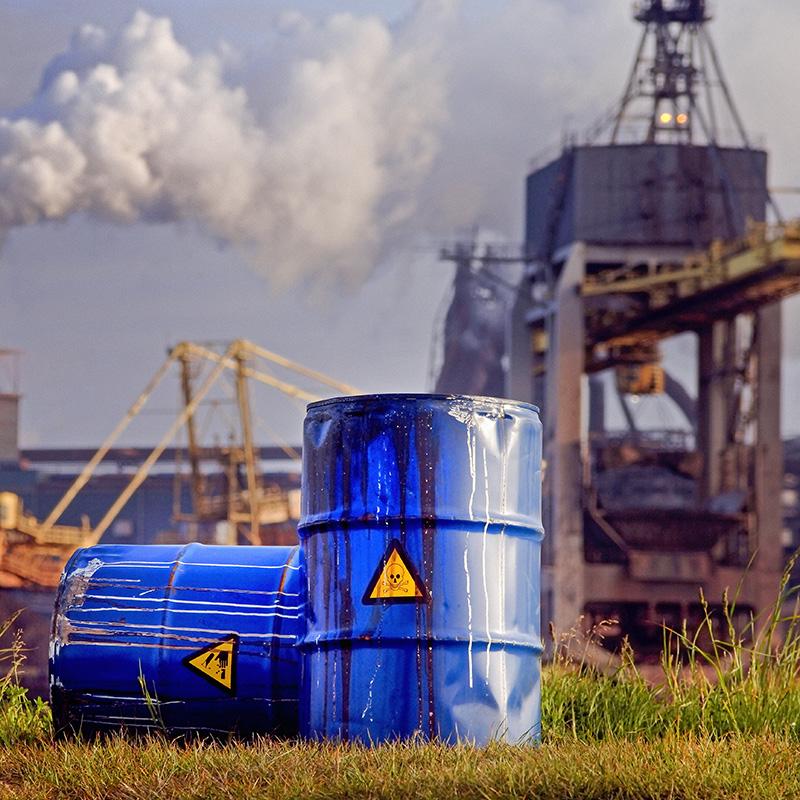
Companies
Self-employed & liberal professions

Solutions
Environmental Damage Insurance
Causing environmental damage can happen to just about any company. Environmental Damage Insurance protects your company against the severe financial consequences that such damage entails.
Why take out Environmental Damage Insurance?
Just about any business can cause environmental damage. For example:
- a fire at your business site will contaminate the soil,
- there is a leak in a container in which you store hazardous substances,
- your industrial buildings contain asbestos,
- you forget to comply with environmental legislation on certain points, which means you cause unwanted damage to the environment.
The risk of environmental damage is therefore not limited to companies that produce or process polluting substances. Environmental laws are also becoming more stringent, increasing the likelihood that your company will be held liable for environmental damage.
The costs of such damage can be enormous. In practice, it is often the case that conventional fire and liability insurance policies provide no, or insufficient, cover for such damage. So there are plenty of reasons to protect your business with environmental insurance.
What costs does environmental insurance cover?
Environmental Liability Insurance applies to all environmental damage caused, both at your own company premises and at the sites where you carry out work:
- own pollution damage,
- liability for environmental damage to third parties,
- remediation costs,
- defence costs in legal proceedings,
- damage to biodiversity.
What should you watch out for when you take out insurance for environmental damage?
A good environmental insurance policy acts as a supplement and fills the gaps that other existing cover has in relation to environmental damage. An accurate analysis of your contracts is therefore essential.
It is also important that the conditions in your Environmental Damage Insurance are geared to your business activities. An industrial or agricultural company, for example, is generally at greater risk. Other companies, such as construction or transport companies, have very specific risks.